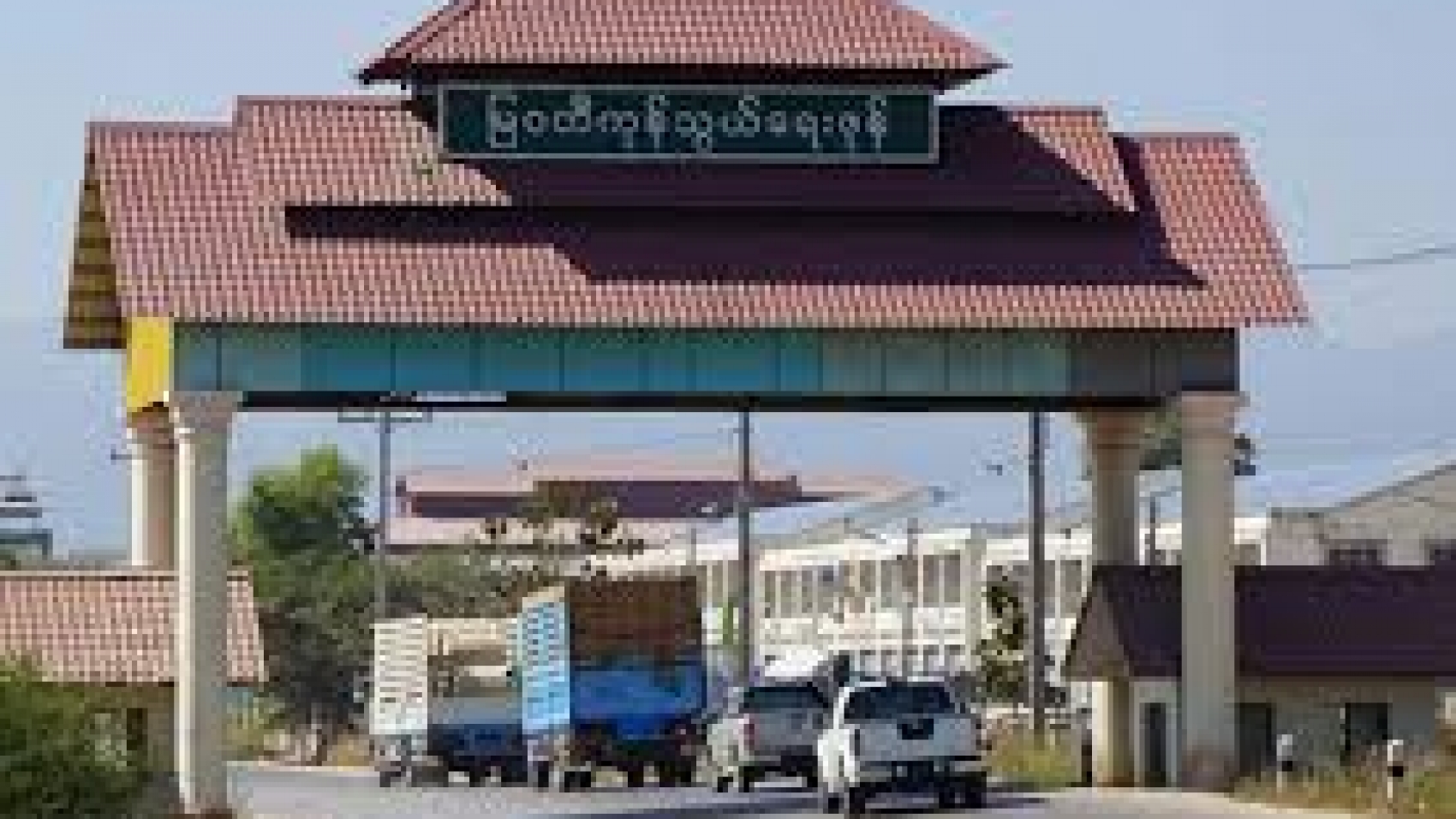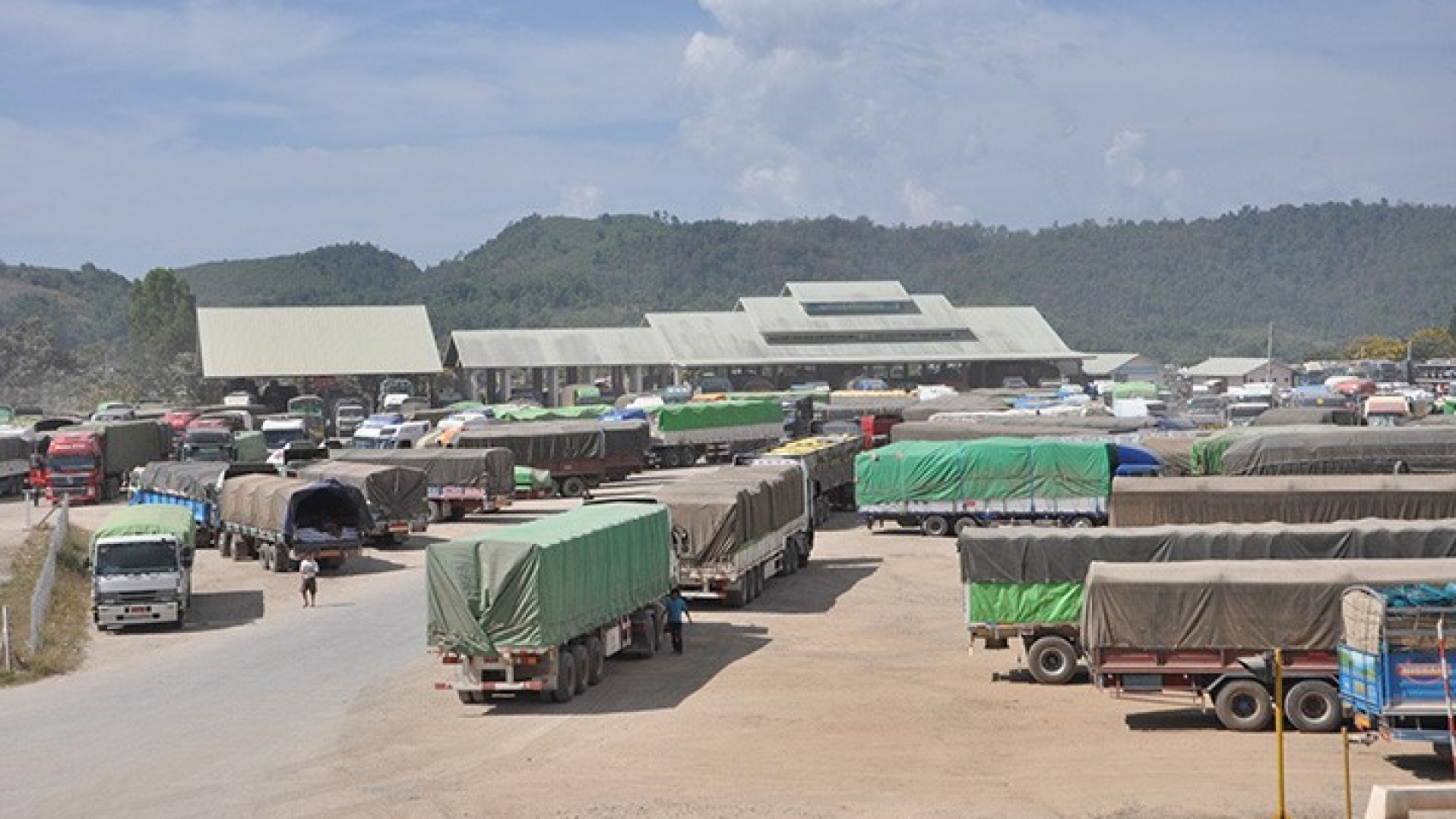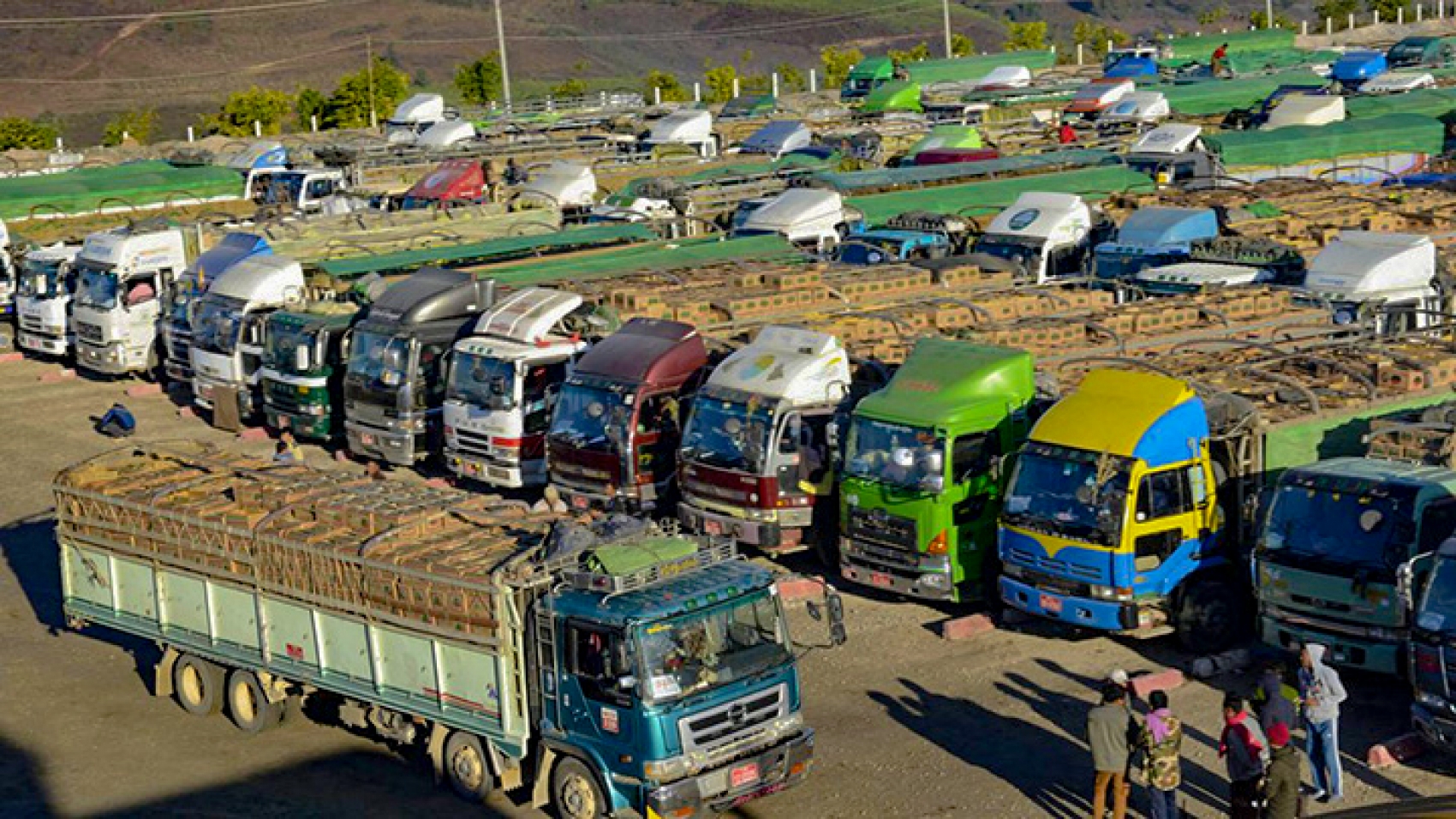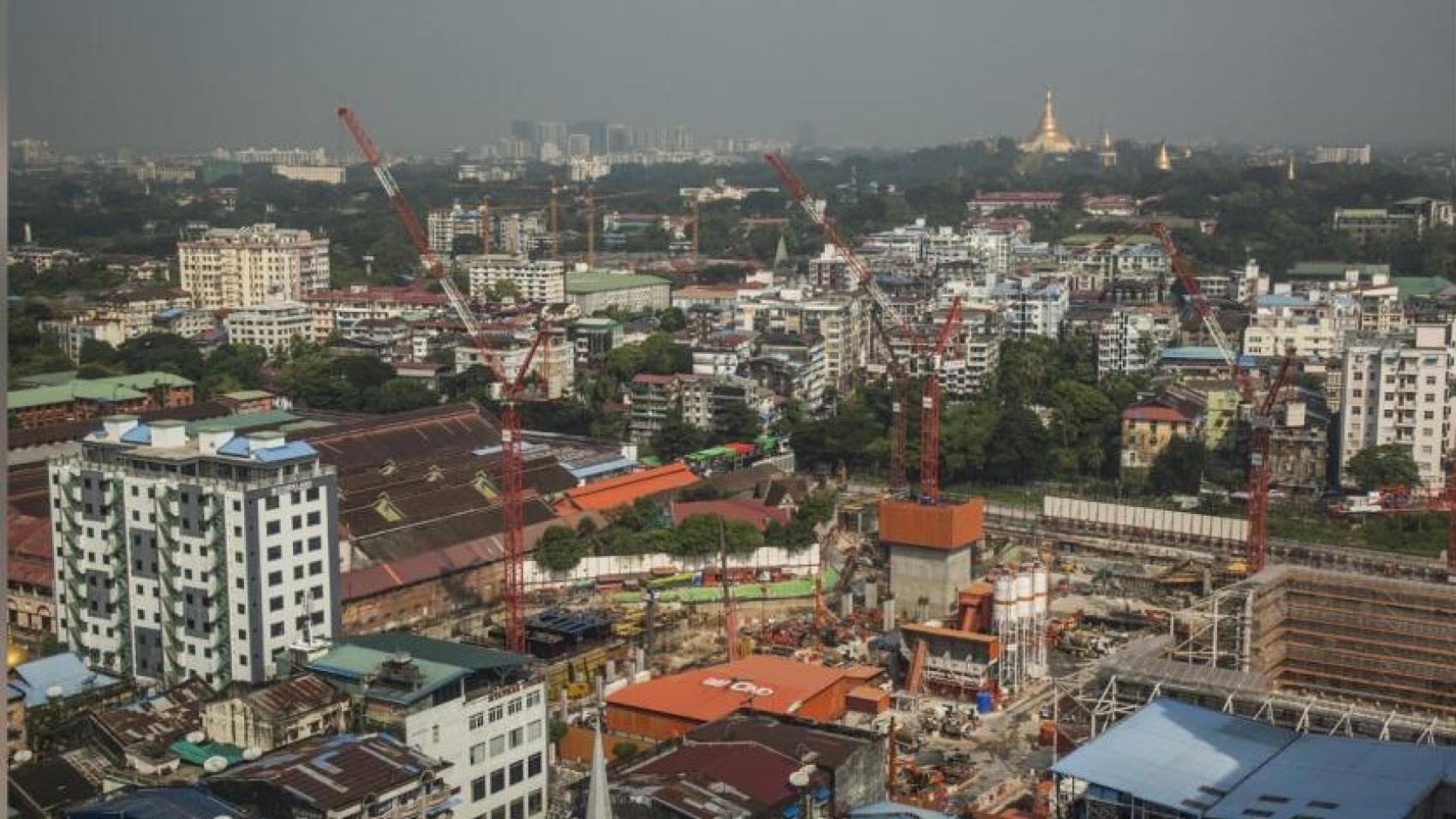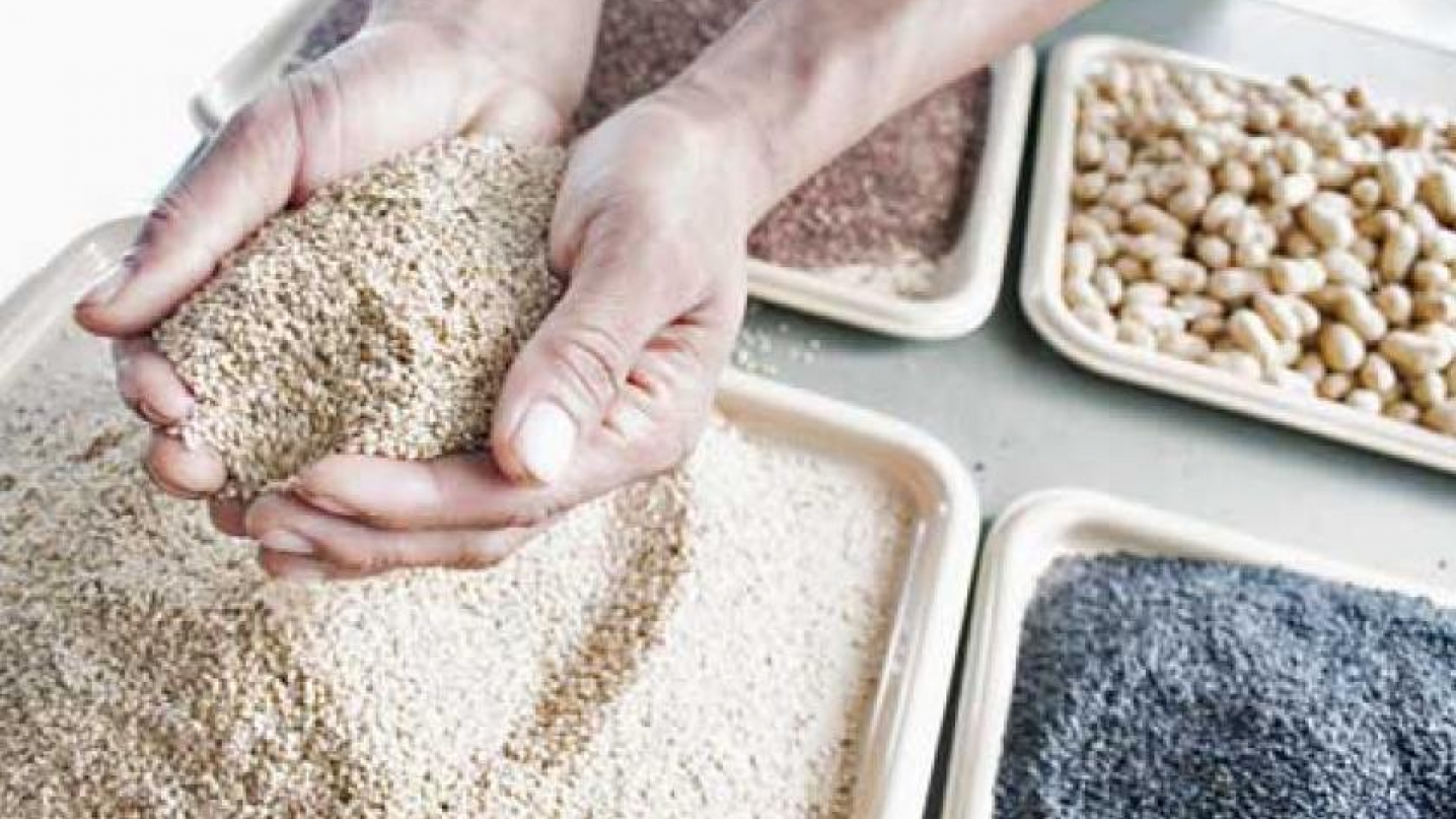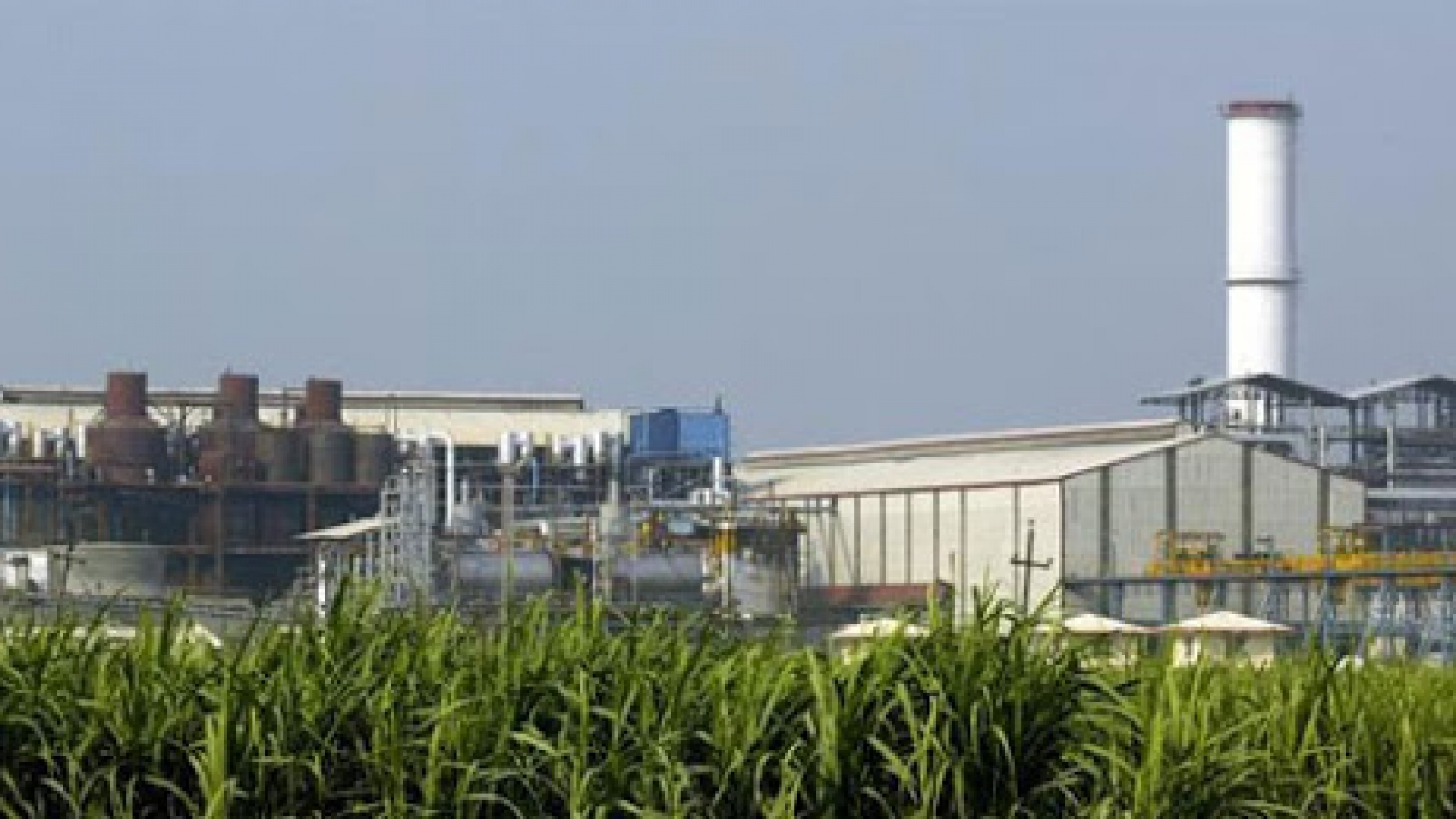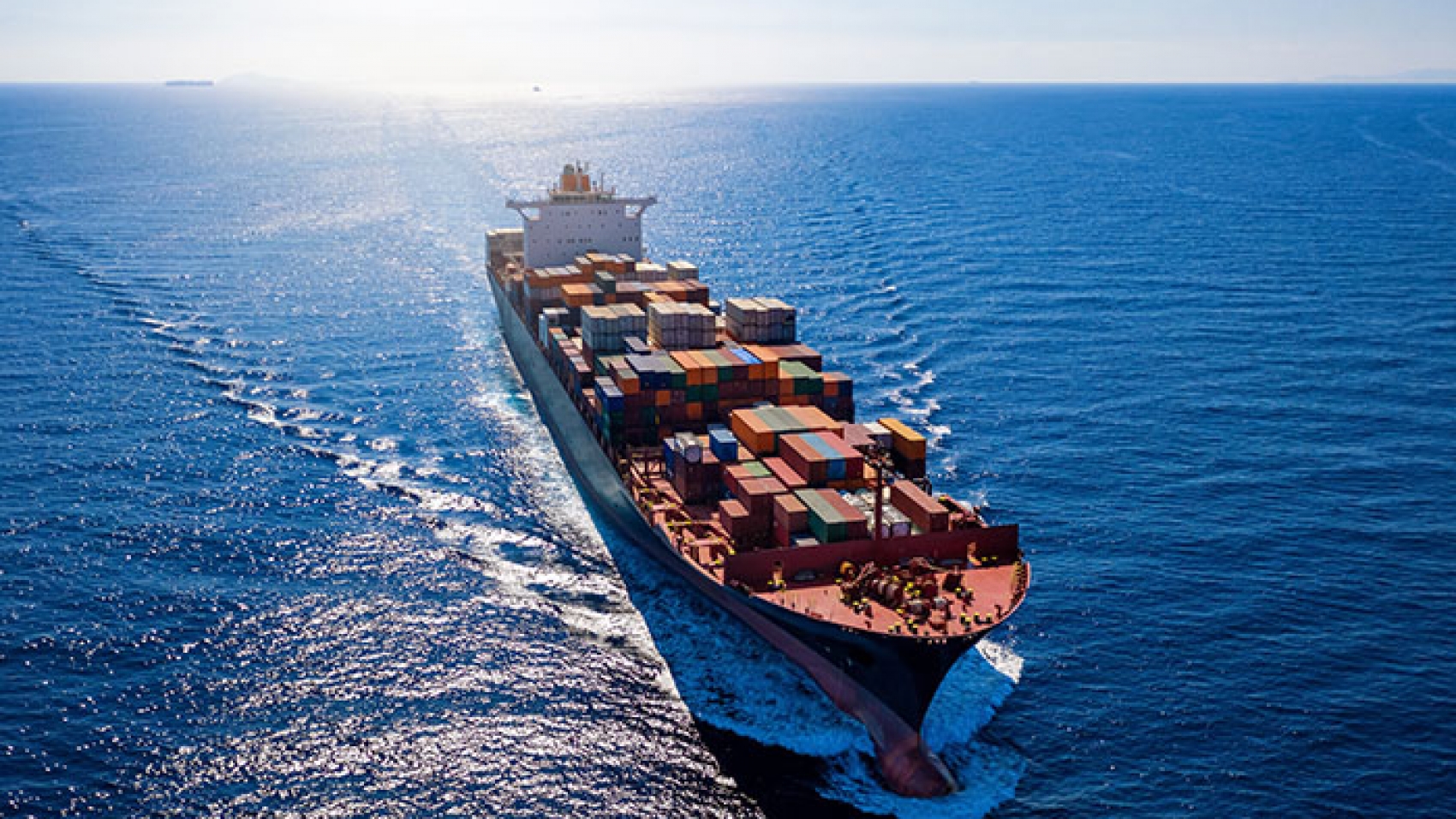The border trade between Myanmar and Thailand hit US$998 million as of 22 January in the current financial year 2020-2021 ending September, said a statistical report of Myanmar’s Ministry of Commerce. During this period, the border trade value dropped by $238 million compared to that of the same period of the previous FY. The bilateral border trade was $1.2 billion in the last year. The Myanmar-Thai total border trade was shared by Myanmar’s export of $675 million and its import of $322 million.
Between 2016-2017FY and 2019-2020 (as of August), Thailand has been Myanmar’s largest trade partner among the ASEAN states, followed by Singapore and Malaysia. Myanmar is carrying out border trade with Thailand’s neighbouring country through seven border checkpoints — Tachilek, Myawady, Myeik, Mawtaung, Hteekhee, Kawthoung and Maese border areas respectively. Among them, Hteekhee completed the most extensive trade in border trade with Thailand, followed by Myawady. Myanmar primarily exports natural gas, fishery products, coal, tin concentrate, coconut (fresh and dry), beans, corns, bamboo shoots, sesame seeds, garment, footwear, plywood and veneer, broken rice and other commodities to Thailand.
It imports capital goods such as machinery, raw industrial goods such as cement and fertilizers, and consumer goods such as cosmetics, edible vegetable oil and food products from the neighbouring country. The bilateral trade between Myanmar and Thailand stood at $659 million in FY2020-2021 (as of November), $5.1 billion in FY2019-2020, $5.5 billion in FY2018-2019, $2.9 billion in the mini-budget year of 2018 or transitional period from April to September this year, $5 billion in FY2017-2018, $4.3 billion in the 2016-2017FY, $4.8 billion in the 2015-2016FY, $5.7 billion in the 2014-2015FY, $5.6 billion in the 2013-2014FY, $4.7 billion in the 2012-2013FY, and $4.5 billion in the 2011-2012FY, according to the Myanmar Ministry of Commerce.
Source: The Global New Light of Myanmar

